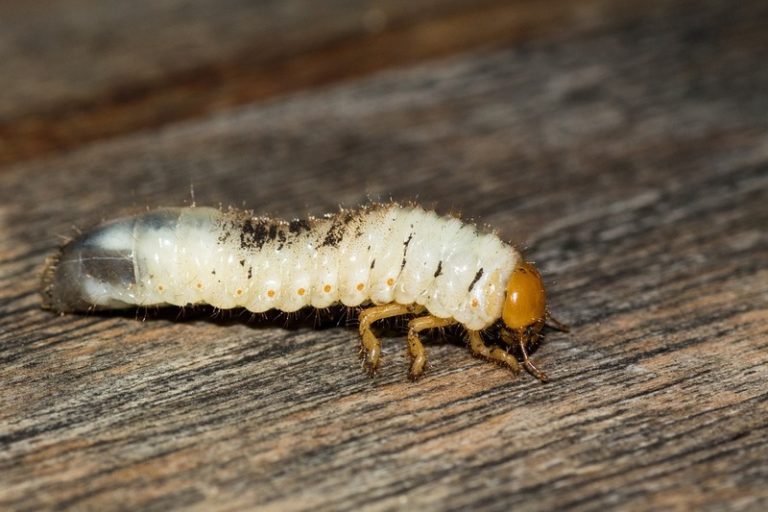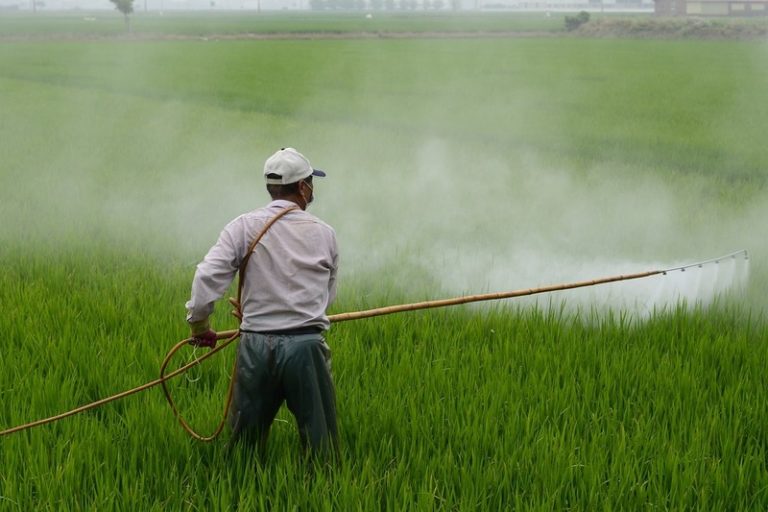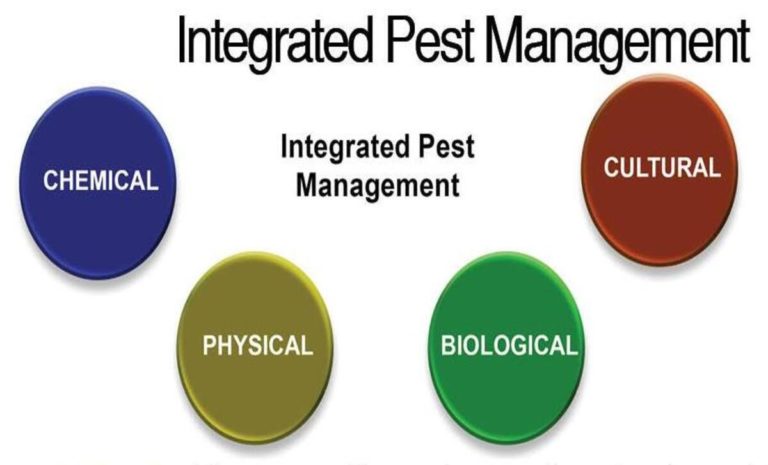Pollinators: How These Tiny Creatures are Vital for Agriculture and Our Food Supply
Pollinators are essential to agriculture and our food supply. These tiny creatures play a crucial role in pollinating crops, which allows them to produce fruits, vegetables, and nuts.
According to the Food and Agriculture Organization of the United Nations, about 75% of the world’s food crops depend on pollinators. However, these beneficial insects face numerous challenges, including habitat loss, pesticide use, and climate change.
In this article, we’ll talk about how pollinators are important to agriculture and some of the problems they face. We’ll also discuss what we can do to protect them and ensure the continued production of the food we rely on.
The Role of Pollinators in Agriculture
Pollinators are very important to agriculture because they help pollinate many crops that are used to make food, fiber, and other important things.
Pollen is moved from the male reproductive structures of flowers to the female reproductive structures by pollinators like bees, butterflies, and other insects. This transfer fertilizes the flower, allowing it to produce fruits, vegetables, and seeds.
The Food and Agriculture Organization of the United Nations says that about 75% of the world’s food crops, such as many fruits, vegetables, and nuts, depend on pollinators. Some of the crops that rely on pollinators include apples, almonds, blueberries, cherries, cucumbers, melons, peaches, pumpkins, and strawberries, to name just a few.
Pollinators also contribute to the health and diversity of ecosystems. They help to maintain the reproductive success of wild plants, which provide habitat and food for other wildlife. Pollinators are also essential for the production of many non-food products, such as cotton and other fibers, medicinal plants, and ornamental flowers.

The Importance of Pollinator Diversity
While honeybees are the most well-known pollinators, they are not the only species that play a role in pollination. There are many other species of bees, as well as butterflies, moths, flies, beetles, and even birds, that contribute to pollination.
Keeping a variety of pollinators is important to make sure that pollination works well for a wide range of crops and ecosystems. Different pollinator species have different preferences for flower shape, size, and color, and some are more effective pollinators for certain crops than others.
Keeping a variety of pollinators can also help keep pollination services going in the face of environmental problems like climate change and the use of pesticides. Some pollinators may be more able to handle these problems than others. Having a variety of species can help make sure that pollination services don’t get interrupted.
The Threats Facing Pollinators
Despite their importance, pollinators are facing numerous threats. One of the most significant threats to pollinators is habitat loss. Development, monoculture farming practices, and land-use changes have destroyed many of the habitats that pollinators need to survive.
This loss of habitat can reduce the diversity of flowers available to pollinators, making it harder for them to find the food they need to survive.
Pesticide use is also a significant threat to pollinators. Insecticides and herbicides used in agriculture can kill pollinators directly or indirectly by destroying the plants that they rely on for food. Pesticide exposure can also weaken pollinators, making them more vulnerable to other environmental stresses.
Climate change is another challenge facing pollinators. Changes in temperature and precipitation patterns can affect the timing of plant flowering and the availability of food for pollinators. Climate change can also alter the distribution of pollinators, making it harder for them to find the plants they need to survive.
Protecting Pollinators
Protecting pollinators is important for keeping an ecosystem healthy and making sure there is always food and other things that people need. There are several steps we can take to protect pollinators.
Create habitat for pollinators:
Planting a variety of flowers and plants that bloom at different times throughout the growing season can provide a source of food for pollinators. Creating hedgerows, meadows, and other habitats can also provide shelter and nesting sites.
Reduce pesticide use:
Farmers and gardeners can reduce their reliance on pesticides by using integrated pest management techniques, such as crop rotation, planting cover crops, and introducing beneficial insects.
Support sustainable agriculture:
Supporting sustainable agriculture practices, such as organic farming and agroforestry, can help to protect pollinators by reducing pesticide use, increasing habitat diversity, and promoting soil health.
Educate others:
Raising awareness about the importance of pollinators and the threats they face can help build support for pollinator conservation efforts.
Advocate for policy change:
Policy change can help address the root causes of pollinator decline. Advocating for stronger protections for pollinators, such as reducing pesticide use and protecting habitat, can help to ensure their continued survival.
Conclusion
Pollinators are essential to agriculture and our food supply. By providing pollination services and contributing to the health and diversity of ecosystems, they play a vital role in sustaining life on our planet.
However, pollinators face many challenges, including habitat loss, pesticide use, and climate change. By taking steps to protect pollinators, we can ensure the continued production of the food we rely on and preserve the health of our ecosystems for future generations.
Also Read:
Useful Farm Insects: The Secret Weapons for Boosting Crop Yields and Farm Sustainability







